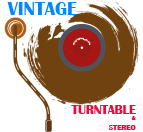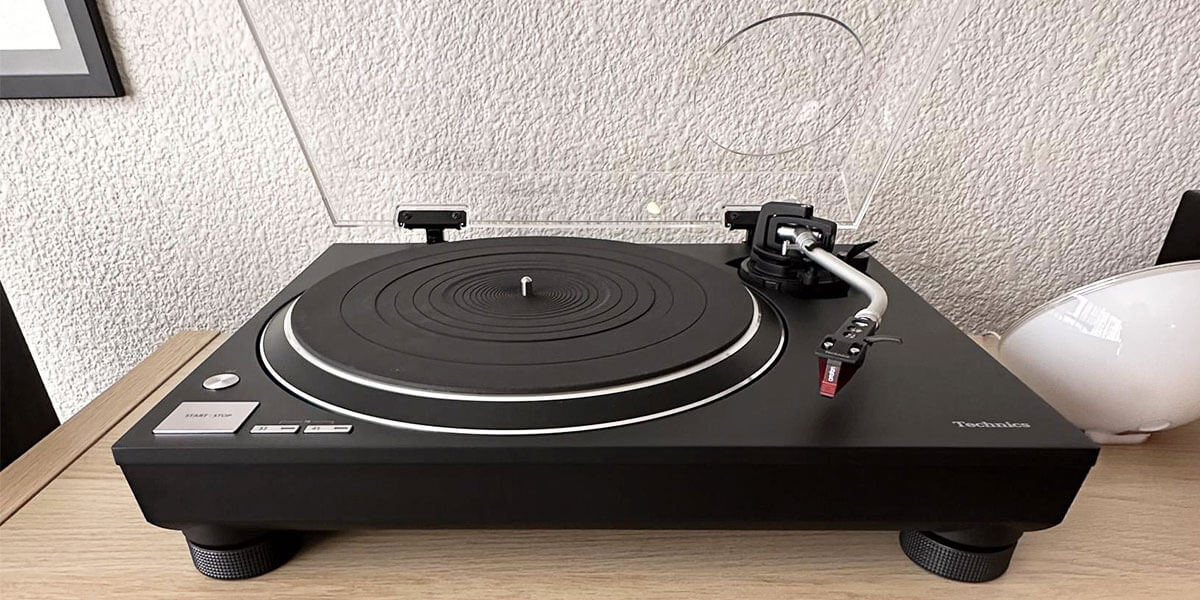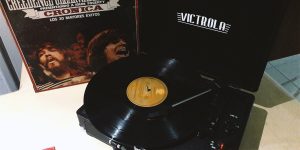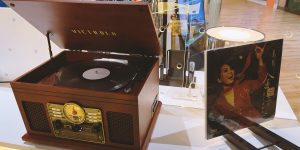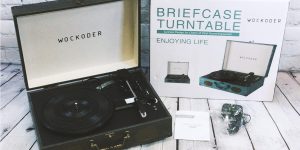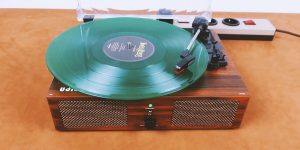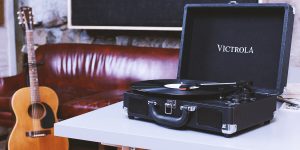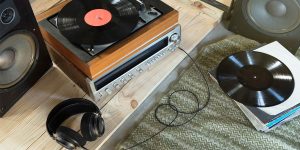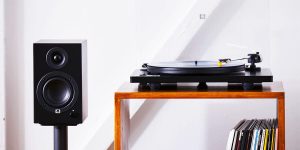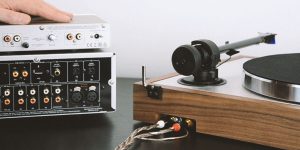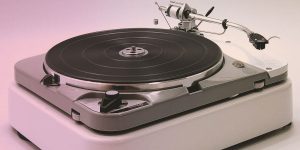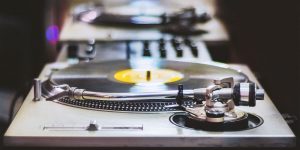The connections you choose can significantly impact the quality of sound you experience. Two terms that often get tangled in the web of audio jargon are phono cable vs RCA. To the uninitiated, they may seem like simple wires, but by the end of this article, you’ll be thoroughly versed in the nuances of these connectors and their role in getting perfect sound. I want to help you clear up this technical issue once and for all.
Origin of RCA
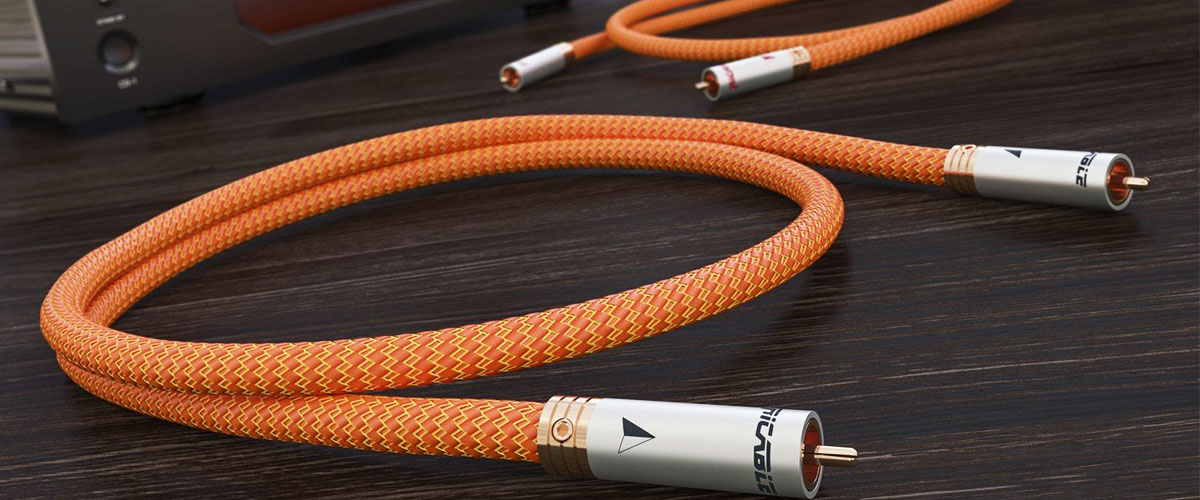
First, I suggest exploring the backstory of RCA. The Radio Corporation of America ( RCA for short) has a rich history dating back to 1919. Imagine the early days of radio and the birth of television – RCA was right there in the mix. They played a great role in advancing the technology that we now take for granted. Among their contributions is the RCA connector, which we know as a standard feature in our audio systems today.
Origin of phono term
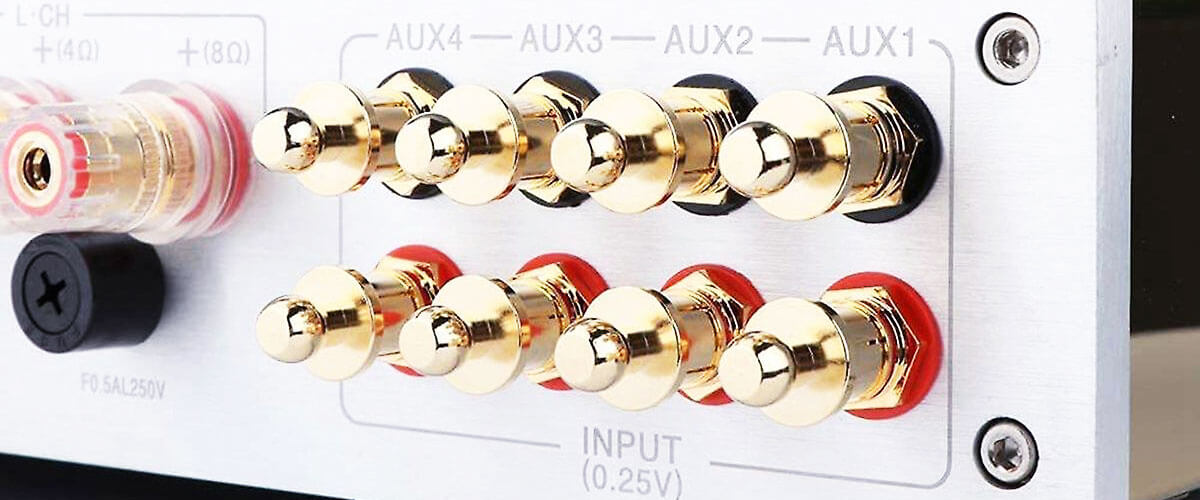
The word “phono” comes from the word “phonograph”, an early record player. I probably won’t break the news by saying that Thomas Edison invented the phonograph in the late 19th century. Edison did music lovers a huge favor by inventing one of the first devices capable of both recording and reproducing sound. I’d like to point out that today, we use the word in a slightly different sense. It has become an acronym for the connections and components associated with turntables, including the phono cable.
The technical differences
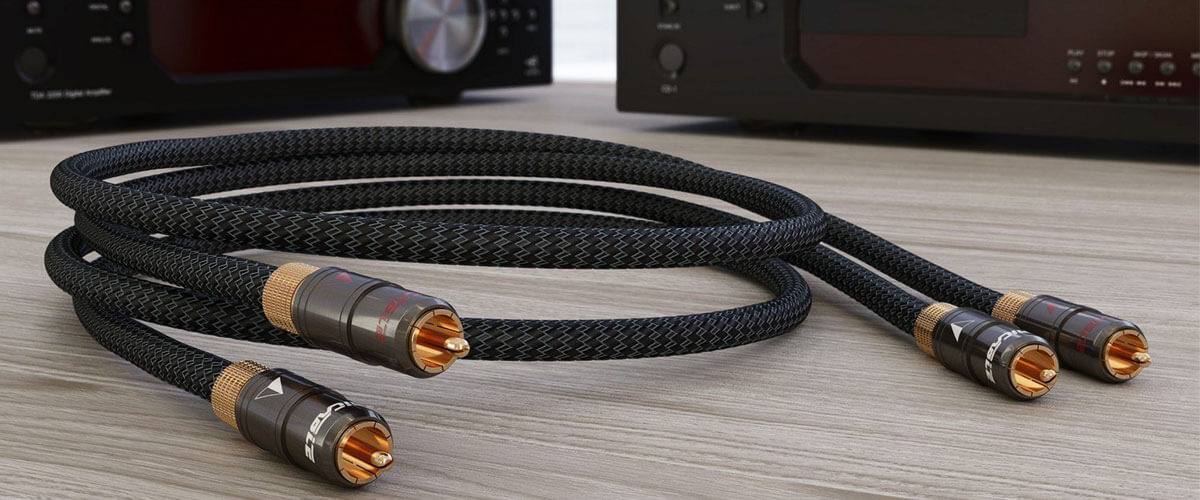
Well, now that we know the background, we can move on to the technical differences between RCA and phono connections.
Signal type
The signal that these connections carry is a big deal. RCA pumps out a robust signal. It’s meant for direct input into things like power amplifiers. No need for a boost.
Phono is used for vinyl records. The signals from these are pretty weak. Sometimes, they need a boost and some tweaking. So, to make your vinyl spin smoothly on your regular audio system, you’ll need a phono preamp to help out.
Impedance and sensitivity
When it comes to impedance and sensitivity, matching them is absolutely essential for audio systems. Phono inputs are specialized gear tailored to work harmoniously with turntables. They are low impedance ideal for the delicate signals coming from vinyl.
RCA connectors can have higher impedance values. In short, they are largely universal. The low impedance of phono systems is a good thing. It helps preserve the unique character of the vinyl sound. It’s like they’re speaking the same language. That’s what makes it sound pure and undistorted.
The role of preamps
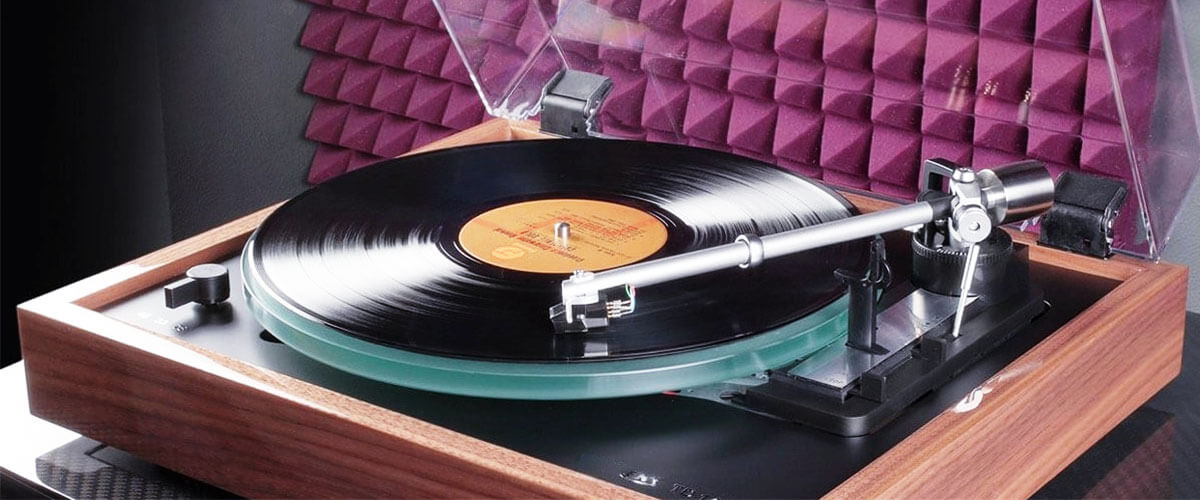
I often refer to phono preamps as translators. Why so? When your turntable plays a record, the signal it produces is quite weak and needs some adjustment. Records are designed with a specific curve to make them sound better, and this curve needs to be reversed to get the original sound.
Phono preamps do two important things:
- They make the weak signal stronger;
- They reverse this special curve to make the music sound right.
Without a phono preamp, your vinyl records might sound off – not as warm, clear, or rich as they should. So, a phono audio cable is a real translator that ensures you hear the pure beauty of your records, just the way they were meant to be heard.
Common misunderstandings
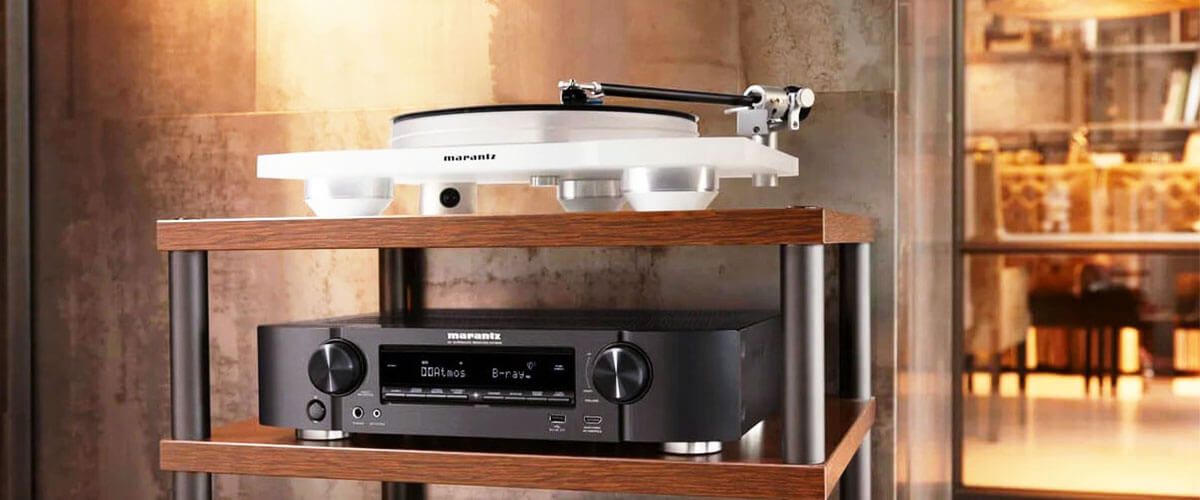
While working in an audio gear store dozens of times, I have come across people thinking that since phono preamps use RCA connections, they can plug them into any RCA input. Unfortunately, this belief can lead to disappointing audio quality.
I want to draw your attention to the main point: phono preamps are specially designed to handle the unique requirements of turntables. They deal with the low-level phono signal and apply the RIAA equalization. It’s necessary to make vinyl records sound just right.
Regular RCA inputs on amplifiers or receivers aren’t equipped to do this. Want to know what happens if you connect a phono jack to one of those regular RCA inputs? Well, you’ll experience weak and subpar sound quality. Plus, you risk damaging your equipment.
The bottom line is this: Phono outputs should only go into phono inputs. But the exception to this rule may be when you are using a turntable with a built-in preamplifier.
Modern-day applications
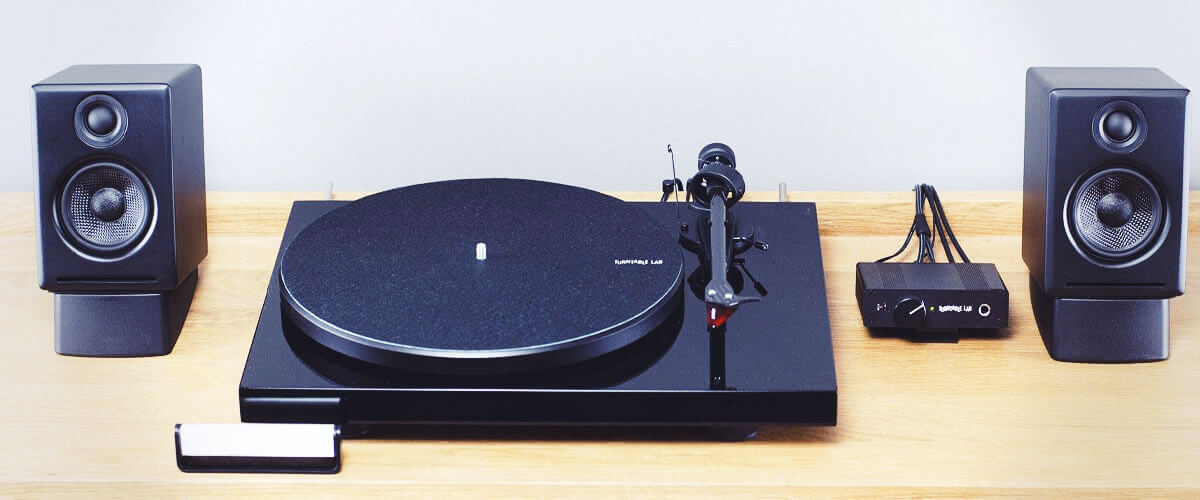
I agree that the versatility of RCA connectors is attractive. RCA connectors are used in virtually every audio and video device you can imagine:
- CD and DVD players;
- Home theater systems;
- Gaming consoles;
- Smart TVs;
- Streaming devices;
- Soundbars. etc.
These connectors are universal. They are capable of transmitting high-quality audio and video signals in a variety of systems.
However, phono jacks are still the mainstream for turntables. Vinyl records are unique in that they require special equalization (RIAA curve) to sound right. Phono preamplifiers are dedicated to addressing these demands and delivering fantastic sound.
FAQ
Can I plug my turntable with a built-in preamp into any RCA input on my receiver?
If your turntable has a built-in preamp, it simplifies things. You can plug it into any available RCA input on your receiver, just like you would with any other audio source. Your turntable’s preamp takes care of the necessary adjustments. So, you’re good to go.
Are all RCA cables suitable for both phono and regular RCA connections?
You see, phono cables and regular RCA cables have different jobs to do. Phono cables are designed to handle the specific needs of vinyl records (including the RIAA equalization curve). Regular RCA cables are built for stronger line-level signals from devices like CD players or DVD players. When you use a regular RCA cable for your turntable, it might not pick up the subtleties in your vinyl recordings. So, you are sure to notice a lack of bass and unbalanced audio.
Can I use an RCA-to-3.5mm adapter to connect my turntable to a speaker or receiver?
You can, but with some precautions. If your turntable has a built-in preamp, you can use an RCA-to-3.5mm adapter to connect it to devices like portable speakers or those with a 3.5mm input. However, if your turntable relies on a phono preamp, this won’t work correctly because of the different signal levels. So, you’ll need a phono preamp or a turntable with a built-in one.
